【英語】前置詞「At」の使い方(Answer Key)

こちらは、前置詞「At」のAnswer Keyです。
覚えたら、フラッシュカードへどうぞ。
- Answer Key
- 地点
- They arrived at the airport.
- He’s waiting for a bus at the bus stop.
- He stayed at(in) the hotel.
- He’s sitting at the top of the stairs.
- She’s sitting at the bottom of the stairs.
- She’s sitting at the desk.
- He’s at the door.
- The airplane landed at the airport.
- I turned left at the traffic light.
- I turned right at the junction.
- I turned right at the cafe.
- They stopped at the crosswalk.
- They met at the party yesterday.
- 時間の「地点」
- ターゲット、的
- She looked at him.
- I threw a snowball at him.
- He aimed his gun at the target.
- It’s rude to point your finger at people.
- He’s laughing at the new kid.
- He shouted at his secretary after the meeting.
- She’s angry at her husband because he spent a lot of money.
- The dog barked at me suddenly.
- The cat hissed at me.
- 行動や感情の原因
- ある活動に特化する
- 地点、目盛り、年齢など
- 地点
- フラッシュカードで口頭練習
Answer Key
地点
They arrived at the airport.
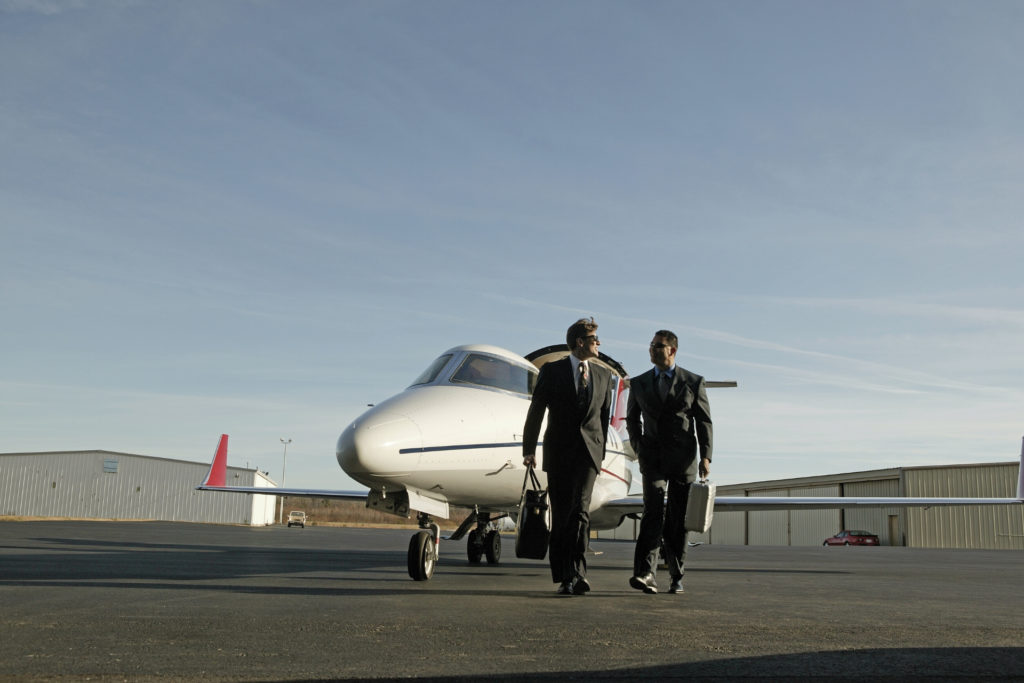
▶︎前置詞「at」は、「地点にポン」というイメージです。「airport」を、「地点」と考えています。
(ただ、もっと広く考え、「ボストンに到着した」とするなら、「arrive in Boston」などと表現できます)
He’s waiting for a bus at the bus stop.
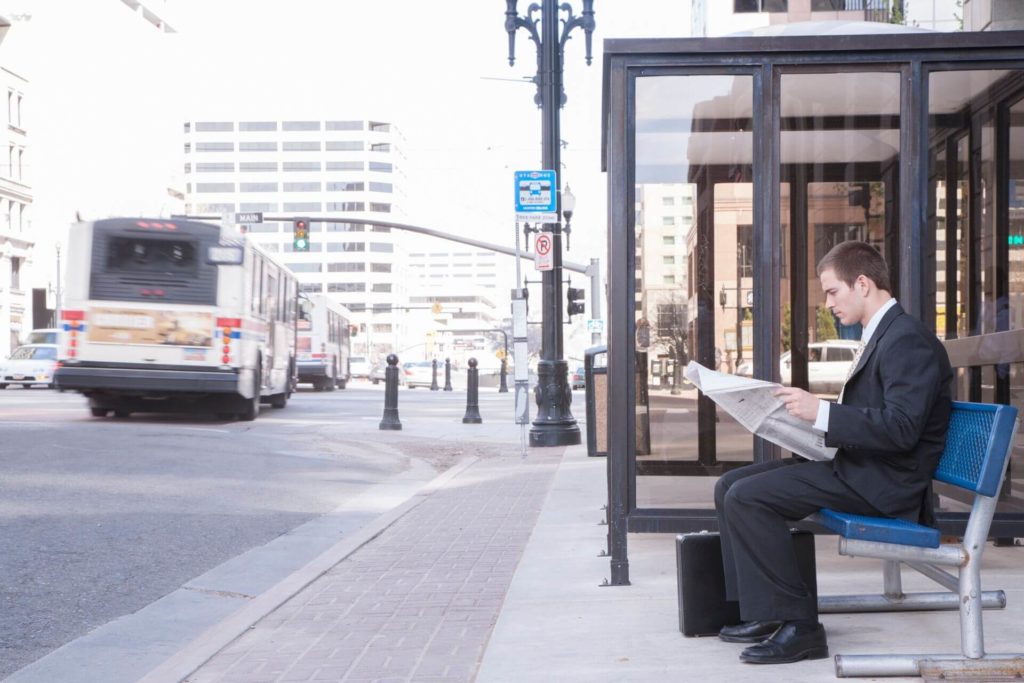
▶︎バス停(bus stop)も、「地点」のイメージです。
He stayed at(in) the hotel.

ホテルに滞在しました。
▶︎ただしこの場合、「in」も使えます。滞在する以上、空間の中(in)になりますので、「ホテルの中に滞在している」と言いたければ「in」、「滞在地点(場所)はホテルだよ」のニュアンスなら「at」です。
He’s sitting at the top of the stairs.

階段の上に座っています。
She’s sitting at the bottom of the stairs.

階段の下に座っています。
She’s sitting at the desk.

机に座っています。
▶︎今、「机についている」と発想します。
(こうして「at」には、「横付け」のイメージがあります)
⚠️「on」にすると、机にお尻を載せているイメージになります。
He’s at the door.

ドアにいます。
▶︎ドアに付いている感覚です。
(「at the door」で、「ちょうどドア越しに訪ねている」ことが表現できます)
The airplane landed at the airport.

飛行機が、空港に着きました。
▶︎「地点」に、着いた感じ。横付け。
(これを「on the airport」にすると、「空港の建物の上」に乗ってしまうことになります⚠️)
I turned left at the traffic light.
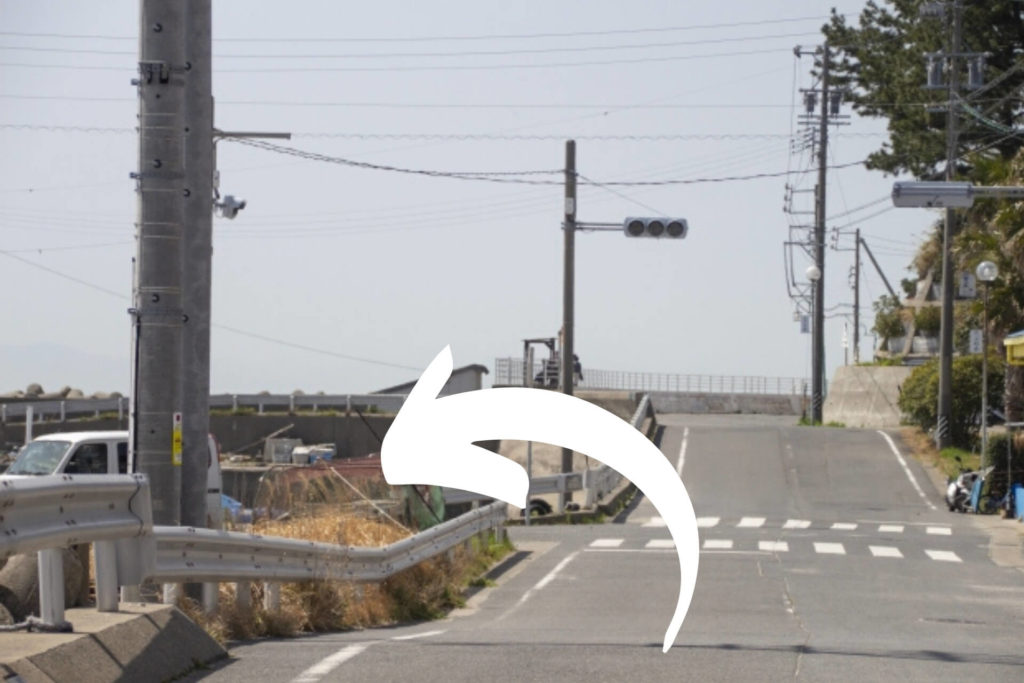
信号(traffic light)で、左折しました。
▶︎信号の地点で、左に「turn」しました。
I turned right at the junction.
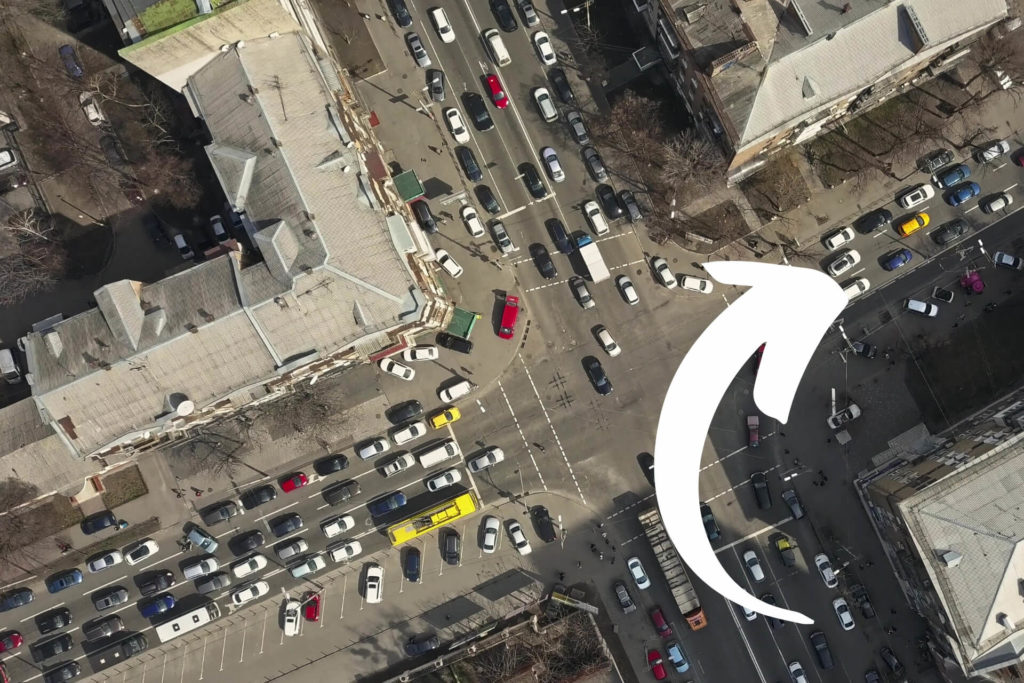
交差点を、右折しました。
I turned right at the cafe.
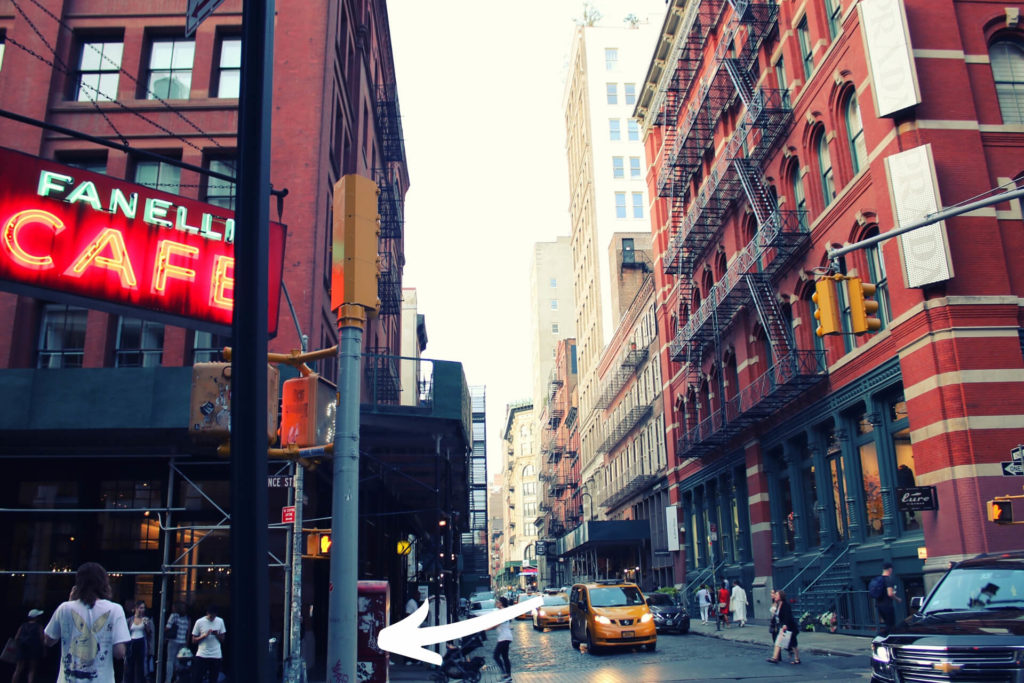
カフェを、右折しました。
They stopped at the crosswalk.

横断歩道で、止まりました。
They met at the party yesterday.
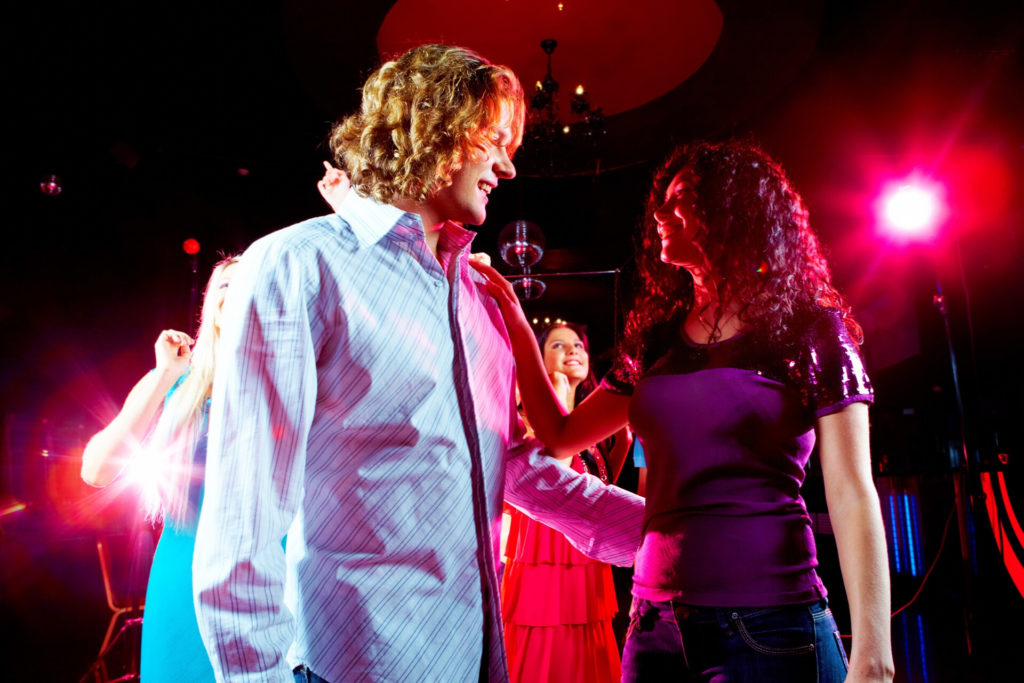
昨日、パーティで出会いました。
時間の「地点」
The alarm clock went off at four o’clock.
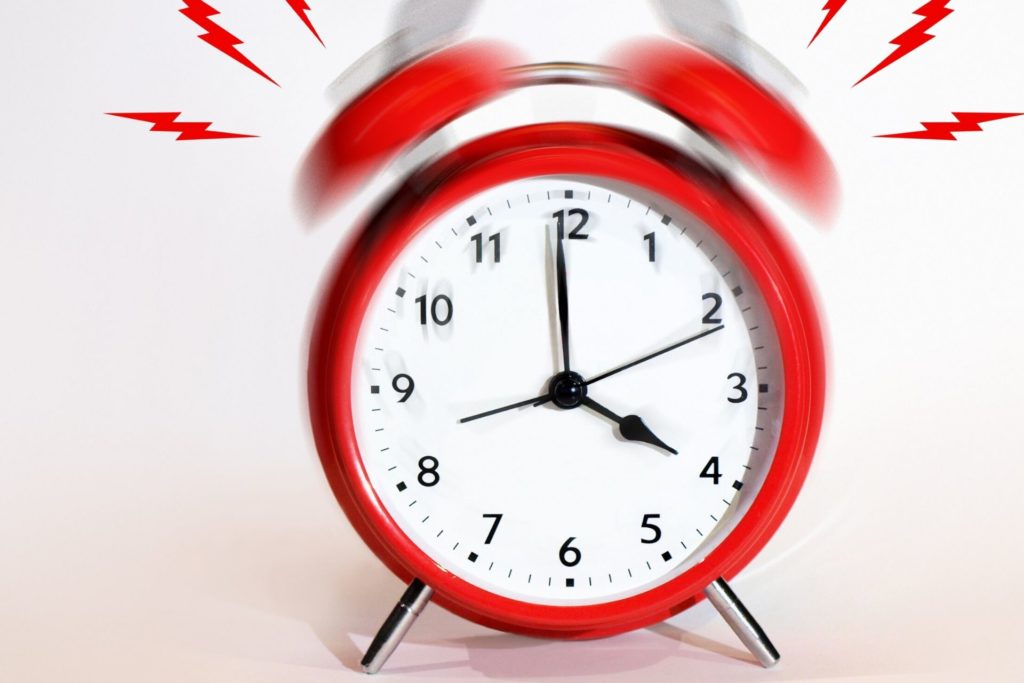
4時に、鳴り始めました。
▶︎時刻も同じで、「地点」の感覚です。
I fell in love with her at first sight.

一目見て、恋に落ちました。
▶︎「at first sight」で、「初めて視点に入った瞬間」を表します。つまり、「一目惚れ」を表現できます。
The airplane took off at sunset.

日没に、離陸(take off)しました。
▶︎「at sunset」で、「日没時に」を表現できます。
I work at night.

夜、働きます。
▶︎「night」は「at」の感覚になります。
I got married at 25.

25歳の時に、結婚しました。
▶︎年齢も「地点」と考え、年齢を「at」で繋ぎます。
ターゲット、的
She looked at him.

彼を見ました。
▶︎視線の「着地点(的)」を、「at」で繋ぎます。
▶︎「at」はこうして、「ターゲット」のニュアンスを表現できます。
I threw a snowball at him.
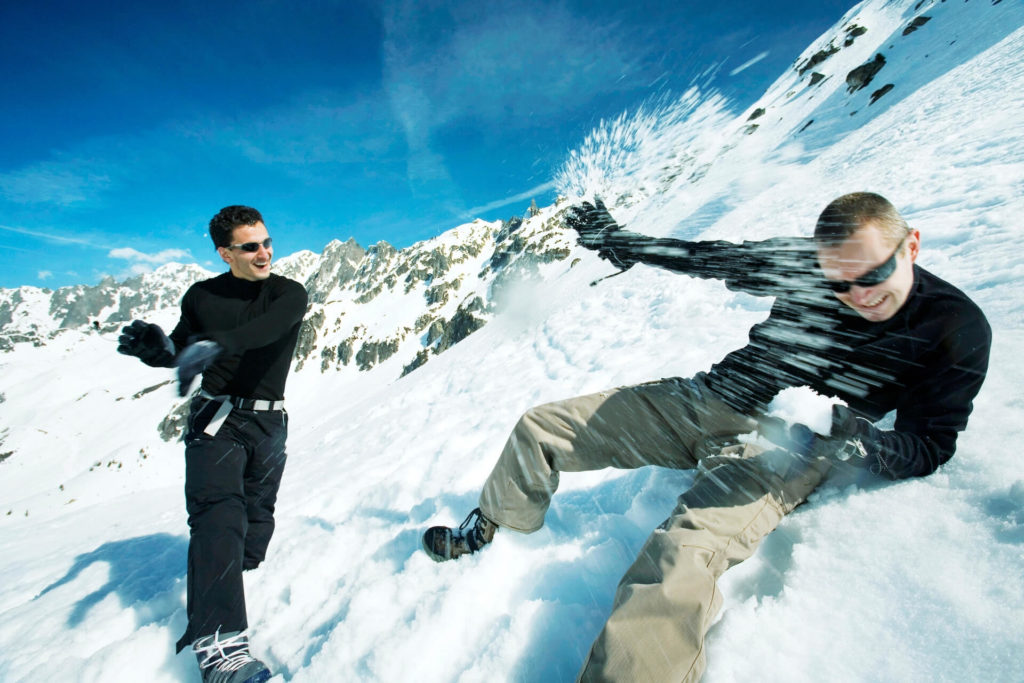
▲▲
彼に、雪玉をぶつけました。
▶︎「look」を「throw a snowball」に変えました。こうすると、ぶつける意味になります。そのため、「at」は「攻撃的なニュアンス」を含む場合があります。
▶︎ちなみにこの場合、「at」の代わりに「to」を使うと、「相手が受け取るニュアンス」になります。
He aimed his gun at the target.

標的を、銃で狙いました。
▶︎狙う動詞は「aim」です。そして、「target」を「at」で繋ぎます。
It’s rude to point your finger at people.

人を指さすのは、失礼な行為です。
He’s laughing at the new kid.

新しく来た子を、馬鹿にして笑っています。
▶︎「laugh at someone」で、「誰かを嘲笑う」意味になります。
He shouted at his secretary after the meeting.

ミーティングの後に、秘書を怒鳴りつけました。
She’s angry at her husband because he spent a lot of money.

浪費がすごく、怒りつけました。
▶︎「be angry at…」で、「…に対して怒る」意味です。
(口語では、よく「be mad at…」と言います)
▶︎ちなみに、「be angry with…」と「with」を使う場合もありますが、その場合は怒った後に、解決しようという気持ちがあります。ただ、「at」は一方的に怒るニュアンスです。
The dog barked at me suddenly.

突然、私に向かって吠え始めました。
The cat hissed at me.

シューッと、私に音を立てました。
行動や感情の原因
She was surprised at the news.

そのニュースに、驚きました。
▶︎「at」は「地点」のイメージから、「感情の原因」にも使われることがあります。
▶︎この場合、「at」の代わりに「by」も使えます。
They laughed at my joke.

私のジョークに、みんなが笑いました。
I got more rest at the doctor’s suggestion.

お医者さんに提案され、休憩を取るようにしました。
▶︎「原因」の意味で、「at」を繋いでいます。
ある活動に特化する
He’s very good at playing video games.

▶︎「点」のイメージから、「特化した活動」を示すことができます。
▶︎「be good at…」で、「…が得意である」意味です。
He’s very bad at cooking.

料理が下手です。
▶︎「be bad at…」で、「…が不得意」の意味です。
(その他、「be poor at …」や「be not good at …」と言い換えられます)
▶︎「at」の後は名詞が来るので、「…ing形」にします。
I’m terrible at names.

名前を覚えるのが、とても下手です。
▶︎「terrible」は、「bad」よりも強い表現です。
The sails of the windmill are at rest.

風車(windmill)の羽が、止まっています。
▶︎「be at rest」で、「活動していない」状態です。
The countries are at war.
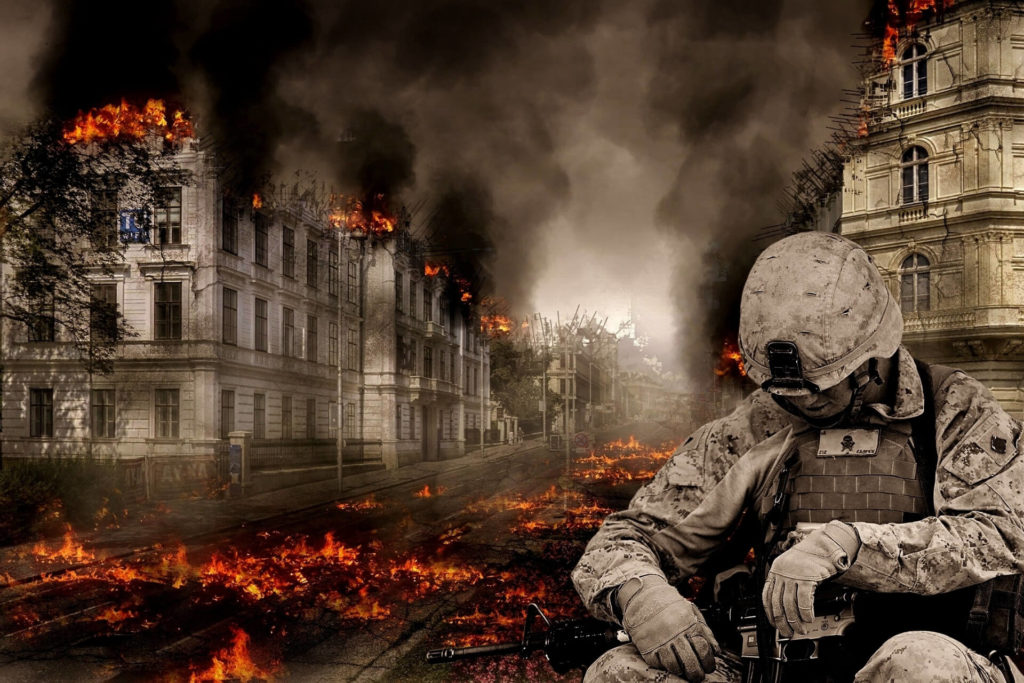
その国は、どこかと戦争中です。
▶︎「be at war」で、「戦争中」のニュアンスになります。
They’re at lunch.

今、ランチ中です。
地点、目盛り、年齢など
Water boils at 100 degrees Celsius.

水は、100度で沸騰します。
▶︎「at」は、「目盛り」などにも使います。
I’m driving at 110 kilometers an hour.

時速110キロで、走行しています。
フラッシュカードで口頭練習
絵を見て、英語が出てくる状態になったら、フラッシュカードへどうぞ。
- 絵と一緒に、発音を聞いて、何度も声に出して覚える。
- ある程度言えるようになったら、フラッシュカードにチャレンジ。






